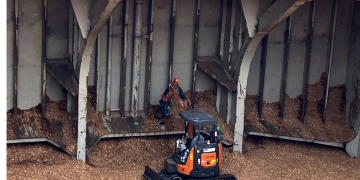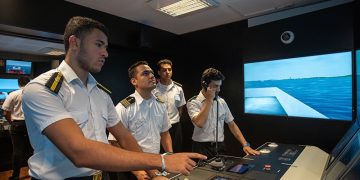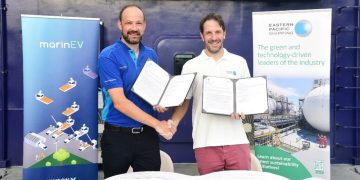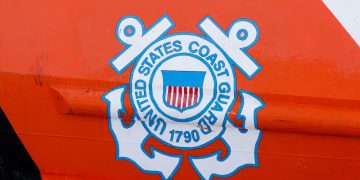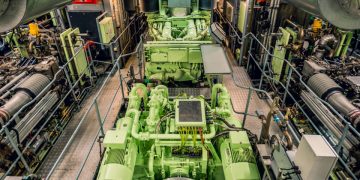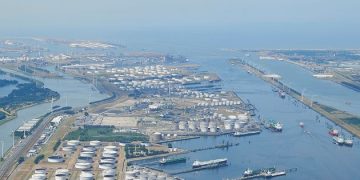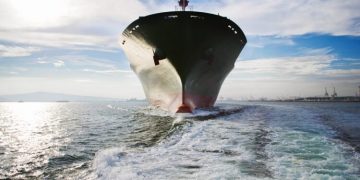Wartsila launches Low Loss Hybrid energy system
At the ONS 2014 exhibition being held in Stavanger, Norway from August 25 to 28, Wärtsilä will launch its new Low Loss Hybrid (LLH). The Wärtsilä LLH utilises different power sources in combination with energy storage devices to operate the prime movers closest to their optimum performance. In addition to annual fuel savings of up to 15 per cent, depending on the type and configuration of the engine and mission profile, the LLH ensures a substantial reduction in exhaust gas emissions. The overall hybrid control system is the key element in the total control and stability of the ships electrical system and the energy flows. The Wärtsilä LLH system is integrated with the inverter control units and interfaces with the conventional power management system. The total energy storage system is approved according to the new DNV class rules for battery power. The Wärtsilä LLH is suitable for application in a variety of market segments, including offshore vessels, tugs, ferries and coastal vessels, for new building as well as to upgrade existing installations. A key feature of the Wärtsilä LLH is its ability to reduce transient engine loads that cause increased fuel consumption and added emissions. Furthermore, by increasing the power ...
Read more















